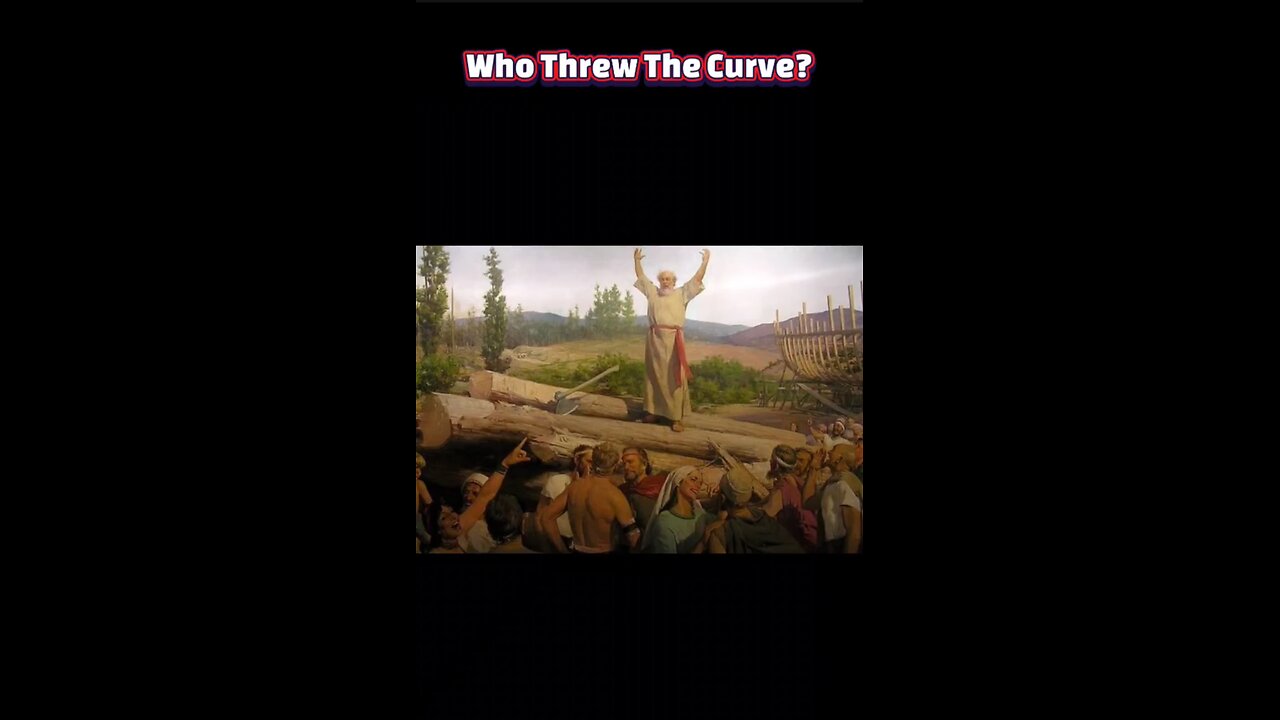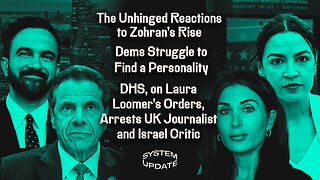Premium Only Content

The Dark Truth Behind Noah’s Ark: The Sinister Flood Story You’ve Never Heard
#NoahsArk #BibleMysteries #AncientMyths #FloodMyth #BiblicalHistory #DarkHistory #MythologyExplained #AncientSecrets #ReligiousHistory #UntoldStories
The Genesis flood narrative, found in chapters 6–9 of the Book of Genesis, is often remembered as a story of divine salvation — a righteous man, Noah, preserving life aboard an ark while the world is cleansed of corruption. Yet beneath its surface lies a far more unsettling dimension. This was not merely a rescue mission; it was an act of near-total annihilation. The God of the narrative does not simply punish the wicked — He erases almost all life on Earth, returning creation to a state of watery chaos before remaking it in a new image. The “happy ending” of the rainbow covenant is built on the bones of an entire world drowned.
The flood myth’s origins deepen its darker tone. Scholars have long noted parallels between the biblical account and older Mesopotamian flood epics, such as the Epic of Gilgamesh and the Atrahasis myth. In these earlier versions, the gods’ motives are not purely moral but often capricious — sometimes rooted in annoyance at human noise or overpopulation. By inheriting and reshaping these tales, the Hebrew version retains a shadow of that arbitrariness. Even in Genesis, the destruction is absolute: “I will wipe from the face of the earth the human race I have created” (Genesis 6:7). The flood is not just a moral reset; it is a cosmic purge.
The sinister twist becomes clearer when we consider the ethical implications. The narrative frames the flood as divine justice, yet it sweeps away not only the corrupt but also children, animals, and entire ecosystems. The ark preserves “two of every kind” of land animal, but countless others perish — collateral damage in a judgment they could not comprehend. This indiscriminate destruction raises uncomfortable questions about the nature of divine morality in the text. Was the flood an act of righteous judgment, or an overwhelming display of power that blurred the line between justice and vengeance?
Even the aftermath carries a darker undertone. When the waters recede, Noah’s first act is to build an altar and offer burnt sacrifices — a gesture that echoes the Mesopotamian tradition of appeasing the gods after catastrophe. In Genesis, God responds with a promise never to destroy all life by flood again, but this covenant comes with a new order: humanity is now permitted to eat animals, though not their blood. The post-flood world is not a return to Edenic harmony; it is a harsher, bloodier reality in which survival is bound to divine authority and fear.
Ultimately, the biblical flood myth is not just a story of salvation but a cautionary tale about the fragility of existence under divine will. Its “sinister twist” lies in the recognition that the same power capable of preserving life can also extinguish it without mercy. By drawing from older myths and reframing them within a moral framework, the Genesis account preserves both the hope of renewal and the shadow of annihilation. In doing so, it forces readers to grapple with a truth as old as myth itself: creation and destruction are often two sides of the same divine coin.
-
 LIVE
LIVE
SpartakusLIVE
4 hours agoWZ Tonight || Battlefield 6 BATTLE ROYALE Tomorrow!
130 watching -
 LIVE
LIVE
megimu32
2 hours agoON THE SUBJECT: Halloween Nostalgia! LET’S GET SPOOKY! 👻
158 watching -
 1:24:56
1:24:56
Glenn Greenwald
4 hours agoThe Unhinged Reactions to Zohran's Rise; Dems Struggle to Find a Personality; DHS, on Laura Loomer's Orders, Arrests UK Journalist and Israel Critic | SYSTEM UPDATE #538
92.4K54 -
 LIVE
LIVE
Spartan
3 hours agoBack from worlds. Need a short break from Halo, so single player games for now
61 watching -
 LIVE
LIVE
Eternal_Spartan
10 hours ago🟢 Eternal Spartan Plays FF7 Rebirth Episode 15 | USMC Veteran
48 watching -
 1:32:11
1:32:11
Tundra Tactical
2 hours ago $0.67 earnedProfessional Gun Nerd Plays Battlefield 6
8.05K -
 1:00:08
1:00:08
BonginoReport
5 hours agoDark Brandon Returns - Nightly Scroll w/ Hayley Caronia (Ep.164)
107K60 -
 49:24
49:24
Donald Trump Jr.
6 hours agoPeter Navarro Went to Prison So You Won't Have to | TRIGGERED Ep,286
53.5K41 -
 2:33:49
2:33:49
Nerdrotic
14 hours ago $2.56 earnedNerdrotic at Night 528
19.3K1 -
 LIVE
LIVE
xxTOWERDOGxx
3 hours ago👻🔪What's Your Favorite Scary Movie?👻🔪🟢Alienware Area 51🟢!discord🟢
10 watching